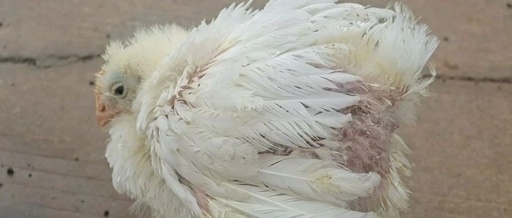Wind is the primary qi of spring, but it exists in all four seasons. When the wind qi undergoes abnormal changes that exceed the body’s adaptive capacity, it becomes a “wind pathogen” and causes disease. The wind pathogen is the most significant pathogenic factor among the six excesses, hence it is intentionally referred to as the leader of the six excesses.
(1) Characteristics and Pathogenic Features of Wind Pathogen
① Wind is a Yang pathogen. As a Yang pathogen, wind has the characteristics of rising and being light, making it prone to attack Yang locations. Therefore, it often injures the head, face, and superficial muscles, as well as the Yang meridians.
② Wind is dispersive. As a Yang pathogen, wind rises and is adept at moving outward, which allows it to cause the body’s pores to loosen, sweat pores to open, and fluids to leak out, resulting in symptoms such as sweating and aversion to wind. When the body’s lung defense is weak, and the pores are loose, it is even more susceptible to wind pathogens and disease.
③ Wind is active and changes frequently. The wind pathogen has the characteristic of rapid onset and diverse manifestations. Due to this characteristic, after causing disease, it presents with symptoms that wander unpredictably, appearing and disappearing quickly. For example, the migratory pain in the limbs and joints caused by wind bi (wind-dampness) and the itchy rashes of wind rash that appear and disappear without a fixed location. The term “frequent changes” refers to the unpredictable nature of wind disease symptoms, which can appear suddenly, spread quickly, and easily transform into other conditions, such as widespread urticaria (hives) that appear suddenly and fluctuate without a fixed location.
④ Wind is characterized by movement. The term “movement” implies instability. This refers to the instability of the body’s limbs and form after being affected by wind pathogens. Common clinical manifestations include tetanus, with symptoms such as limb spasms, opisthotonos, neck stiffness, muscle tremors, and fixed gaze, all of which are classified as wind symptoms.
⑤ Wind is the leader of all diseases. This includes two aspects: first, the wind pathogen often serves as a precursor to disease, easily combining with other pathogens to cause illness. It is the most common among the six excesses, and cold, dampness, dryness, and heat pathogens often accompany wind pathogens into the body, such as wind-cold, wind-dampness, wind-dryness, and wind-heat. Second, the wind pathogen is a major pathogenic factor in exogenous diseases, and ancient practitioners even referred to it as a general term for exogenous pathogenic factors.
(2) Common Wind Syndromes
① External Wind. Common conditions include common cold, wind bi, and wind rash.
Common cold is caused by external wind pathogens, presenting with fever, aversion to wind, clear nasal discharge, cough, and a floating and relaxed pulse. The treatment should focus on dispelling wind and resolving the exterior.
Wind bi is primarily caused by wind pathogens invading the meridians, presenting with joint pain that is migratory and unpredictable. The treatment should focus on dispelling wind and unblocking the meridians.
Wind rash is caused by wind pathogens invading the skin, presenting with itchy skin that is scattered without a fixed location, with symptoms that fluctuate. The treatment should focus on dispelling wind and clearing heat.
Additionally, there are conditions such as wind-cold, wind-heat, and wind-dampness.
② Internal Wind. Internal wind refers to wind syndromes that arise during the disease process. It is caused by dysfunction of the organs, chaotic qi and blood, and the loss of nourishment to the tendons, resulting in heat generating wind and blood deficiency generating wind.
Heat generating wind is often seen in warm diseases, where heat injures fluids and nutritive blood, affecting heart and liver function, presenting with symptoms such as convulsions, coma, spasms, facial asymmetry, and opisthotonos. The treatment should focus on clearing heat, pacifying the liver, and calming the mind.
Blood deficiency generating wind is mainly related to liver blood deficiency and kidney yin deficiency, with mild cases presenting as dizziness and spasms, and severe cases leading to paralysis. The treatment should focus on nourishing yin and blood. (Excerpt from Chinese Veterinary Medicine)

